

Opening
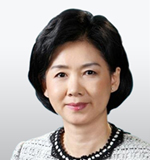
Commissioner,
Korea Disease Control and Prevention Agency
Education
Experience

Director General,
Korea National Institute of Health,
KDCA
Education
Experience

Executive Director, RIGHT Foundation
Education
Experience
Session 1. Vaccine R&D and current status for pandemic preparedness and response

Professor, Yonsei University
Education
Experience

CSO, RIGHT Foundation
Education
Experience
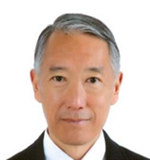
Director General, International Vaccine Institute
Topic
Summary

Professor, Pohang University or Science and Technology
Topic
Summary

Clinician Scientist, Nanyang Technology University
Topic
Summary
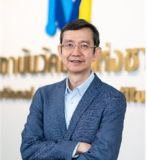
Director, National Vaccine Institute
Topic
Summary
Session 2. Therapeutics Development and international network for emerging virus

Professor, Korea University
Education
Experience

Professor, Jeonbuk National University
Education
Experience

Professor, University of North Carolina at Chapel Hill
Topic
Summary

Deputy Scientific Director,
Division of Chronic Virus Research,
National Institute of Health, KDCA
Topic
Summary

Director, Research Institute for Tropical Medicine (RITM)
Topic
Summary

Professor and Founding Director of TIDREC,
Tropical Infectious Diseases Research and Education Centre (TIDREC), Universiti Malaya
Topic
Summary
Session 3: Zoonotic infectious diseases, solution through one-Health approach R&D
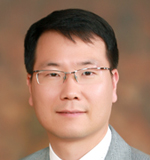
Professor, Chosun University
Education
Experience
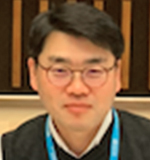
Professor, Hanyang University
Education
Experience

Professor, University of Minnesota
Topic
Summary

Deputy Head, Department of Virology,
National Institute of Hygiene and Epidemiology (NIHE), Hanoi, Vietnam
Topic
Summary
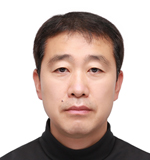
Professor, Kangwon University
Topic
Summary
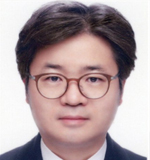
Professor, Ajou University
Topic
Summary
Closing
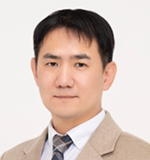
Director,
Korea National Institute of
Infectious Diseases, KNIH, KDCA
Education
Experience